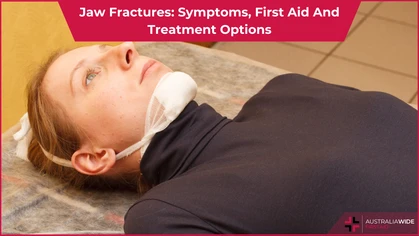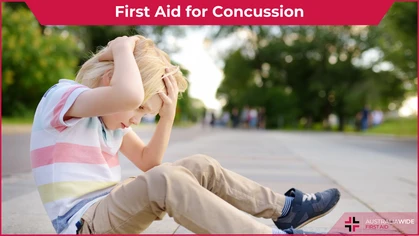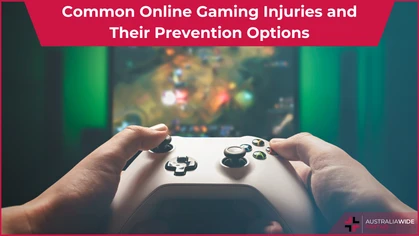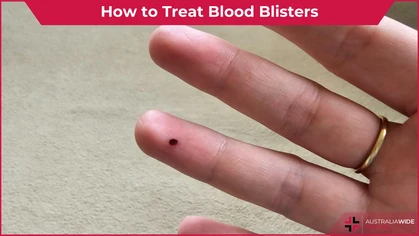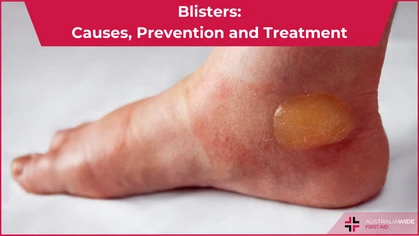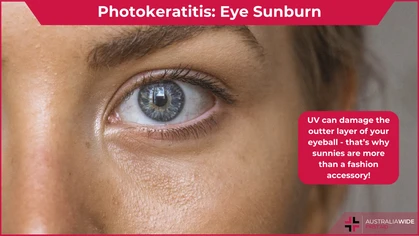Eye Strain: Symptoms, Treatment, Causes and Prevention

Injury
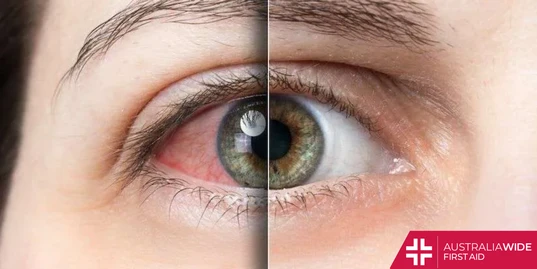 Eye strain is an unfortunate side effect of the modern lifestyle and is more common now than ever. The leading cause of this is the constant screen exposure although that's not the only cause.
Most of the symptoms are quite uncomfortable, but if ignored the symptoms can become much more extreme.
This article explains eye strain, its symptoms, causes, preventative methods, and effective treatments to alleviate its impact on our visual well-being.
Eye strain is an unfortunate side effect of the modern lifestyle and is more common now than ever. The leading cause of this is the constant screen exposure although that's not the only cause.
Most of the symptoms are quite uncomfortable, but if ignored the symptoms can become much more extreme.
This article explains eye strain, its symptoms, causes, preventative methods, and effective treatments to alleviate its impact on our visual well-being.
What is Eye Strain?
Medically known as asthenopia, eye strain is a condition that arises when the eyes become fatigued or overused. This can be caused by prolonged activities that require visual concentration such as reading, using digital devices, or driving. It’s rarely a serious condition, but it can significantly impact one's comfort and productivity, and symptoms can worsen if ignored.Symptoms
The symptoms and intensity of eye strain can vary from person to person, often resulting in severe discomfort and irritation. One very common symptom of eye strain is dryness and irritation which can lead to many other sub-symptoms. The first is sensitivity to light, which can be especially problematic if using a device. The last two are blurred vision and difficulty focusing. These are all very irritating symptoms and can seriously hinder one's productivity. These symptoms can also lead to other symptoms like headaches. Doubled Vision is another symptom of eye strain. It is a rare symptom to experience, but a very serious one. These symptoms can cause great disturbance, but effective methods to treat them will be explained.Causes
There is a variety of causes for eye strain, and everyone has their own limits. The most common causes of eye strain are prolonged vision-required activities like exposure to devices that emit blue light (eg. digital phones, computer screens, or tablets), reading, and long drives. Devices specifically will cause more damage as they emit blue light which has shorter wavelengths than warmer light, meaning it has more energy and will cause more damage. People often overlook another cause, which is improper lighting or incorrect viewing distance. These will force your eyes to work harder which fatigues the eyes and causes strain much quicker. The last symptom is uncorrected vision problems. If vision problems are not identified, the eyes will have to work much harder. We recommend having regular eye exams as they will identify any issues with your vision.Treatment
There are lots of ways that eye strain can be treated such as eye drops. Eye drops are a very effective method to treat eye strain and can show very fast results. Another method of treatment is a gentle massage around the eyes. Massaging the eye region can relieve the muscles around the eyes which can become stressed. Finally, a warm compress like a warm towel applied for at least 10 minutes will also work. This method is similar to the massage method as they both aim to relieve the eye area rather than the eyes themselves. Although these all work, it's usually best to simply take a break and rest your eyes for at least 30 minutes.Prevention
There are many ways to prevent eye strain, like simply not doing any engaging activities for the eyes for long periods or fixing any other causes discussed. But if you have to engage in these activities for long periods, the 20-20-20 rule is an effective way to reduce eye strain. It's simple, for every 20 minutes spent looking at a screen or engaged in a close-up activity, take a 20-second break and focus your eyes on an object that is at least 20 feet (6.2 meters) away.
Originally published at
https://www.australiawidefirstaid.com.au/resources/eye-strain-symptoms-treatment-causes-and-prevention
as part of the Australia Wide First Aid Articles Library


